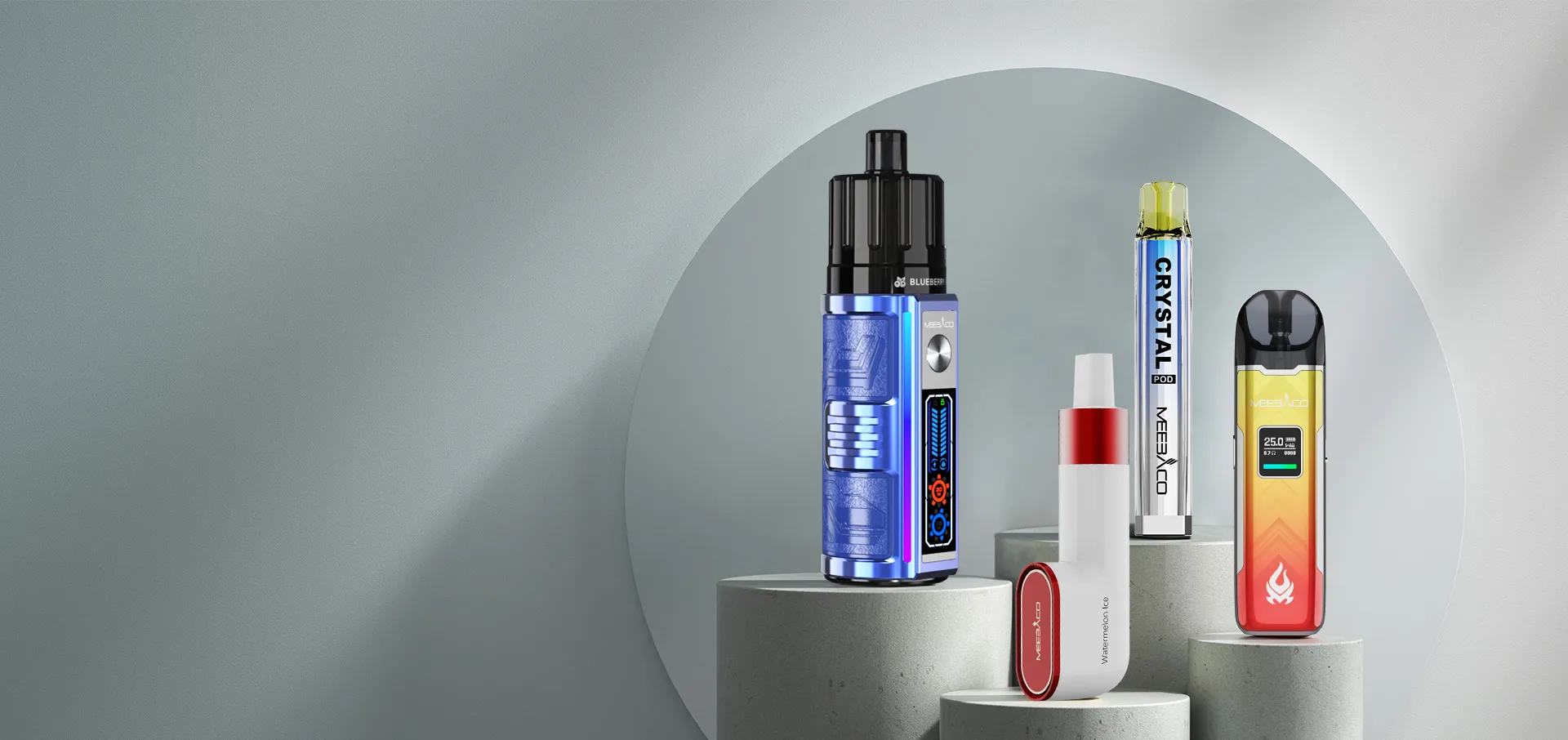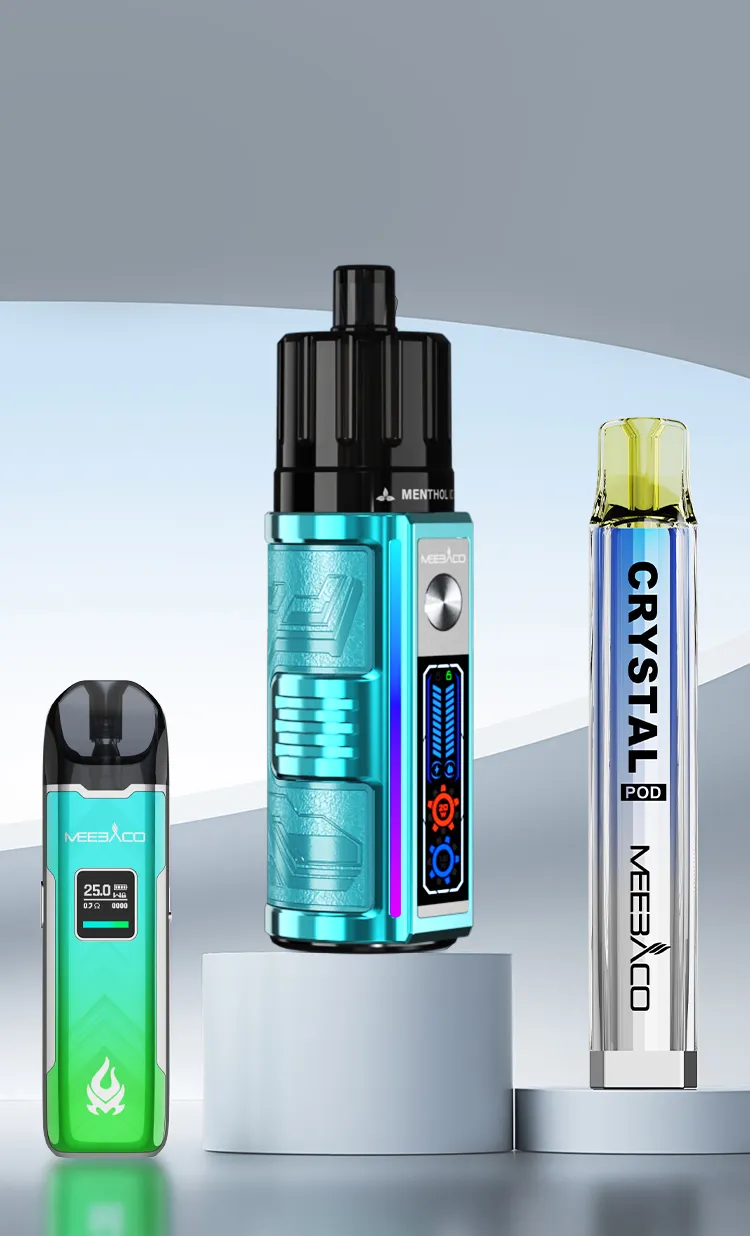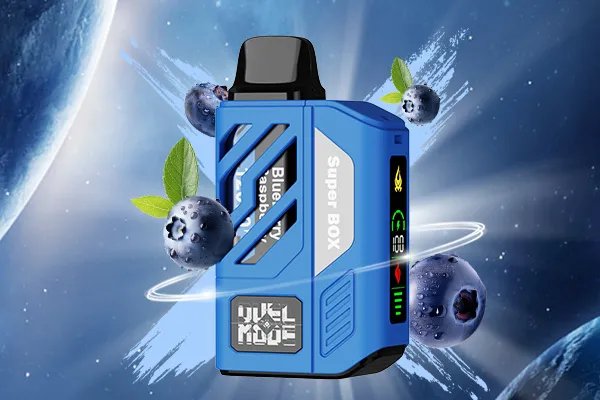You can master the latest information, new product , exhibition, promotion, etc
In recent years, e-cigarettes have emerged as a hot topic in the global tobacco alternative market, with more and more consumers comparing them to traditional cigarettes. For international buyers and smokers seeking healthier alternatives, understanding the fundamental differences between these two products is crucial. This article breaks down 5 core distinctions—focusing on tar, nicotine content, and beyond—to help you make informed decisions.
1. Tar Content: The Most Critical Health Divide
Tar, a sticky, brown substance produced by burning tobacco, is the primary culprit behind smoking-related diseases like lung cancer, chronic bronchitis, and heart disease.
Traditional Cigarettes: When tobacco burns at temperatures up to 900°C, it releases massive amounts of tar. A single conventional cigarette typically contains 10–20 mg of tar (varies by brand), and long-term smoking accumulates this toxic substance in the lungs, causing irreversible damage.
E-Cigarettes: E-cigarettes work by heating a nicotine-infused e-liquid (not burning tobacco) at 150–250°C. This process produces zero tar—a game-changer for reducing respiratory harm. Independent studies by the UK’s Public Health England (PHE) confirm that e-cigarettes eliminate tar and most of the carcinogens found in traditional cigarettes.
2. Nicotine Levels: Customizable vs. Fixed
Nicotine, the addictive component in tobacco products, affects both e-cigarettes and traditional cigarettes—but their delivery methods and flexibility differ sharply.
For traditional cigarettes, the nicotine content is fixed per cigarette, usually ranging from 0.5 to 2 mg per stick. Heavy smokers often need to consume 20 or more cigarettes daily to satisfy their nicotine cravings, with little room to adjust intake based on personal needs or quit goals. In terms of delivery speed, nicotine from traditional cigarettes reaches the brain in 7–10 seconds, thanks to the combustion process and rapid absorption through the lungs.
E-cigarettes, on the other hand, offer fully customizable nicotine levels. E-liquids are available in a range of concentrations, including 0mg (nicotine-free) for those looking to quit entirely, as well as 18mg, 12mg, 6mg, and 3mg options for users who want to gradually reduce their intake. While the delivery speed of nicotine from e-cigarettes is slightly slower—taking 10–15 seconds to reach the brain—it still mimics the "hit" that traditional cigarette smokers crave, making it an effective tool for managing cravings.
3. Harmful Chemicals: A Night-and-Day Comparison
Burning tobacco in traditional cigarettes generates over 7,000 chemicals, including at least 70 known carcinogens (e.g., benzene, formaldehyde, polycyclic aromatic hydrocarbons). These substances not only harm the smoker but also pose risks to those exposed to secondhand smoke, increasing the likelihood of respiratory illnesses and heart disease in non-smokers.
E-cigarettes, by contrast, produce far fewer chemicals. Their primary components are nicotine, propylene glycol (PG), vegetable glycerin (VG), and food-grade flavorings—all of which are generally recognized as safe for consumption. While some studies have noted trace amounts of formaldehyde (a byproduct of overheating e-liquid), the levels are 100–1,000 times lower than in traditional cigarettes. The PHE estimates that e-cigarettes are 95% less harmful than conventional smoking, making them a significantly safer option for those looking to reduce their exposure to toxic substances.

4. Environmental Impact: Cleaner vs. Polluting
Traditional cigarettes are a major source of environmental pollution, from production to disposal. In terms of waste, cigarette butts are the most littered item globally, with over 4.5 trillion discarded each year. These butts contain toxic chemicals that leach into soil and water sources, harming wildlife and contaminating ecosystems. Additionally, tobacco farming requires approximately 200,000 hectares of land annually, and the production process for traditional cigarettes emits significant amounts of carbon dioxide, contributing to global climate change.
E-cigarettes have a much smaller environmental footprint. Most e-cigarette devices, such as mods and pods, are rechargeable and reusable for months at a time, drastically reducing the amount of waste generated compared to single-use traditional cigarettes. Furthermore, since e-cigarettes do not rely on combustion, they produce no secondhand smoke pollution. This makes them safer for indoor use and public spaces where traditional smoking is banned, while also reducing their impact on air quality.
5. Usage Experience: Convenience and Customization
The user experience of e-cigarettes and traditional cigarettes differs in key ways that cater to different preferences and lifestyles.
Traditional cigarettes offer limited options for customization—users can typically only choose between variations in flavor (such as menthol) or strength. They require additional tools like lighters to use, produce a strong smoke odor that clings to clothes, hair, and furniture, and are banned in most public areas, including restaurants, offices, and public transportation.
E-cigarettes, however, are highly customizable to suit individual tastes and needs. Users can select from thousands of flavor options, ranging from fruity and minty to dessert-inspired varieties. They also have the flexibility to adjust nicotine strength, making it easier to gradually reduce intake or switch to nicotine-free options. E-cigarette devices come in a range of sizes, from compact, portable pods ideal for on-the-go use to advanced mods for more experienced users. Additionally, e-cigarettes produce vapor (not smoke) that dissipates quickly, leaving little to no lingering odor, and their rechargeable design (many models use USB charging) makes them convenient for travel and daily use.
Making the Right Choice for Your Health
While neither e-cigarettes nor traditional cigarettes are 100% safe, the evidence is clear: e-cigarettes offer a far less harmful alternative, with zero tar, fewer chemicals, and customizable nicotine levels. For smokers looking to quit or reduce harm, e-cigarettes provide a practical solution—especially when paired with smoking cessation support.
For international buyers interested in high-quality e-cigarette products, our brand offers FDA-approved e-liquids and durable devices, tailored to meet global safety standards. Contact us today to learn more about our wholesale options.









